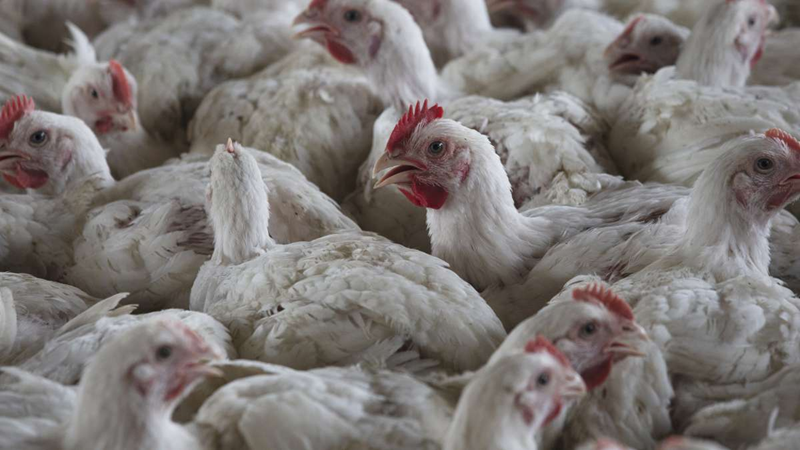
Kerala’s Silent Valley turning into semi-deciduous forest
Sreejith Kumar
Thiruvananthapuram:
Silent Valley National Park, one of the last undisturbed tropical rain forests in the Western Ghats in Kerala that is home to many rare and endemic flora and fauna, is slowly losing its unique characteristic of the rainforest and turning into a dry semi-deciduous forest because of climate change. The changes are already visible in the flora and fauna and this will result in the disappearance of many endemic and endangered species.
Evergreen trees, high amounts of rainfall and species dependent on them are the main features of the tropical rainforest. In contrast, deciduous forests get low amounts of rainfall and as a result will have dry weather. Besides, the trees in these forests shed leaves annually. The flora and fauna of semi-deciduous forests are entirely different from the tropical rainforests.
Interestingly, these characteristic changes are not limited to Silent Valley that spreads across Palakkad and Malappuram districts. Forest officials and the tribals have reported such detrimental changes in neighbouring Wayanad district too. The forests in Wayanad are deciduous in nature.
A forest official on condition of anonymity said the character of the forest is slowly becoming as that of the Deccan Plateau that is more dry in nature.“The change would have an adverse effect on the water holding capacity of the soil and hill tops,” he warned. “Sandalwood trees, once seen in the dry forest areas, are seen in the tropical rain forests also,” he said.
According to P. Sujanapal, Senior Scientist at the Kerala Forest Research Institute (KFRI), invasive plants are seen in the Kerala forests also. “Invasive plants are affecting the habitat and diversity of the forests. Longan trees, Aquacia, black wattle, fire ferns, senna spectabilis are now destroying the indigenous species of shola grasslands,” he said.
The changes are obvious in the evergreen forests of Palakkad, Thrissur and Chalakudy. Coscinium fenestratum (Maramanjal), which is used for many Ayurvedic medicines, has almost become extinct because of human intervention.
Another example is Indian White Cigar (Vella Akil) used as a substitute for sandalwood. Silent Valley is home to a wide range of flora with 1,000 species of flowering plants, 107 of orchids and 100 ferns. Some orchids are highly endangered. Majority of the plants are endemic to the Western Ghats. Silent Valley also hosts 34 species of mammals, 292 species of birds, 31 species of reptiles, 500 species of butterflies, 13 species of fish, 22 species of amphibians.
It has a fair representation of mammals, such as the long tailed macaque. Tiger, leopard, wild boar, jungle cat, stripe necked mongoose, small Indian civet are some of the animals present in the valley. Of the 200 species of birds identified in the valley, 14 are endemic to the Western Ghats. Nilgiri wood pigeon, grey headed bulbul, blue winged parakeet are some of them. It was declared as a national park after a long battle led by ecologists and environmental activists against the Kerala State Electricity Board’s (KSEB) plan to build a hydro-electric power plant in the Kunthi river that flows through the valley.
The protest, led by the Kerala Sashtra Sahitya Parishad (Kerala People’s Science Movement), grew into a social movement. After a long battle, the then Prime Minister Indira Gandhi declared Silent Valley as a national park in 1984.
(The author is a journalist based in Thiruvananthapuram)
 English daily published in Bengaluru & Doha
English daily published in Bengaluru & Doha






